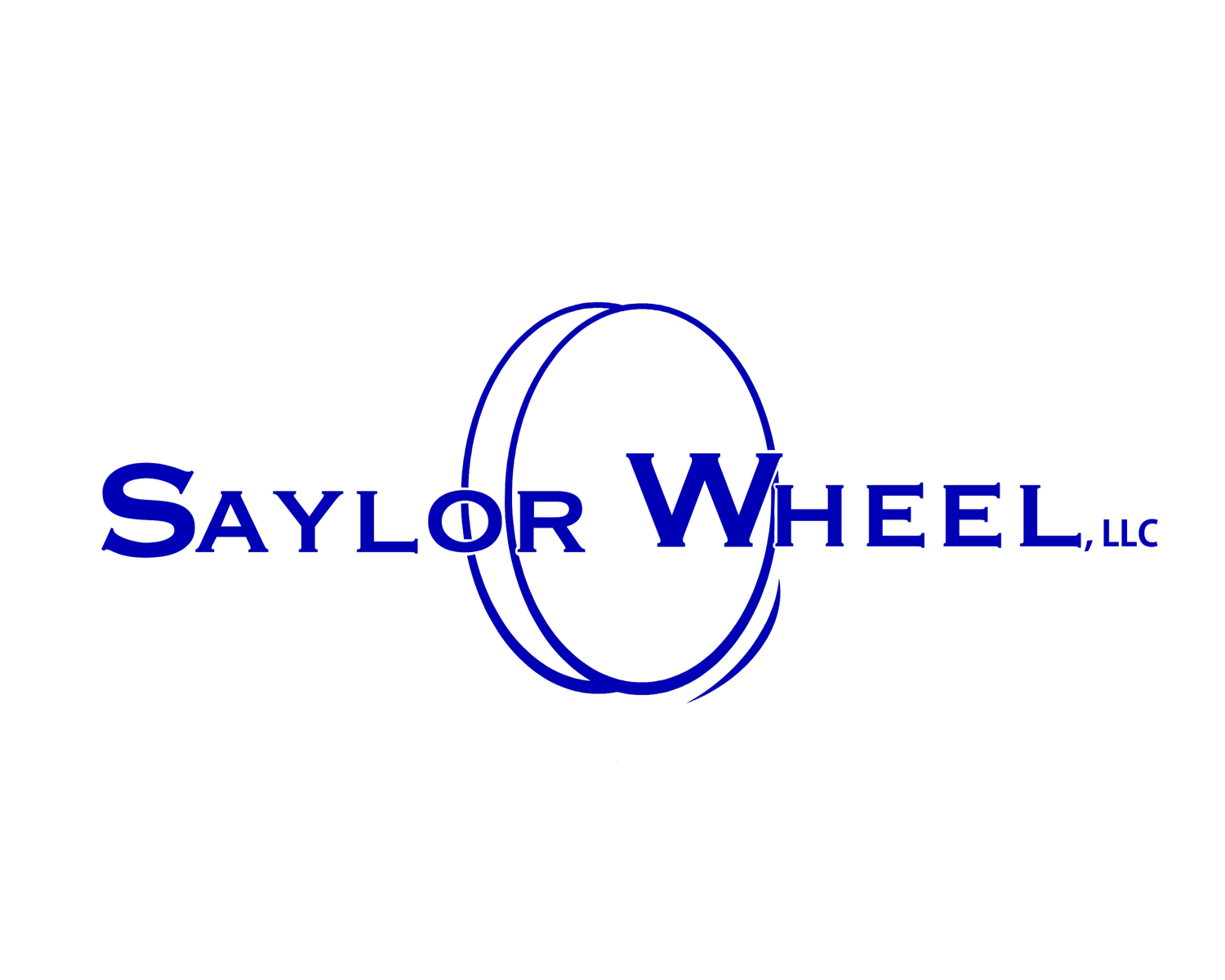-
• Stronger welds with directed energy (laser) technology
• Minimized defects – less pinholes, no flux, no spatter
• Increased reliability – precise welds = fewer failures
• Cleaner appearance – better aesthetics and paint adhesion
• Reduced fatigue cracking – longer wheel life
-
Conventional Method (Butt Welding):
• Uses electrical upset welding.
• Ends clamped, heated with current, then pushed together.
• Common defects: pinholes, impurities, leaky rims.
Saylor Wheel Method (Laser Keyhole Welding):
• Precisely cut, aligned ends joined with high-energy laser.
• Laser creates a keyhole of vaporized iron that liquifies steel.
• No upset, minimal impurities, less pinholes.
• Active shielding gas forms during weld, reducing oxidation.
• Welds complete in milliseconds with small HAZ.
-
Conventional Method (MIG/TIG):
• Welds disc to rim with wire or rod.
• Large HAZ, weld spatter, and visible imperfections.
• Weaker weld zones more prone to rust and fatigue cracks.
Saylor Wheel Method (Laser Seam Welding):
• Laser fuses disc to rim with high precision weld
• Penetrates deeper than rim thickness for maximum shear strength.
• Small, clean weld with minimal HAZ and no spatter.
• Stronger, longer-lasting welds with better paint adhesion.
-
• Every weld is inspected 200%, marked after assembly by QC label after powder painting
• Welds are audited with both destructive and non-destructive methods.
• Directed energy welding preserves steel strength in key areas.
• Minimized fatigue cracks mean fewer failures in the field.
